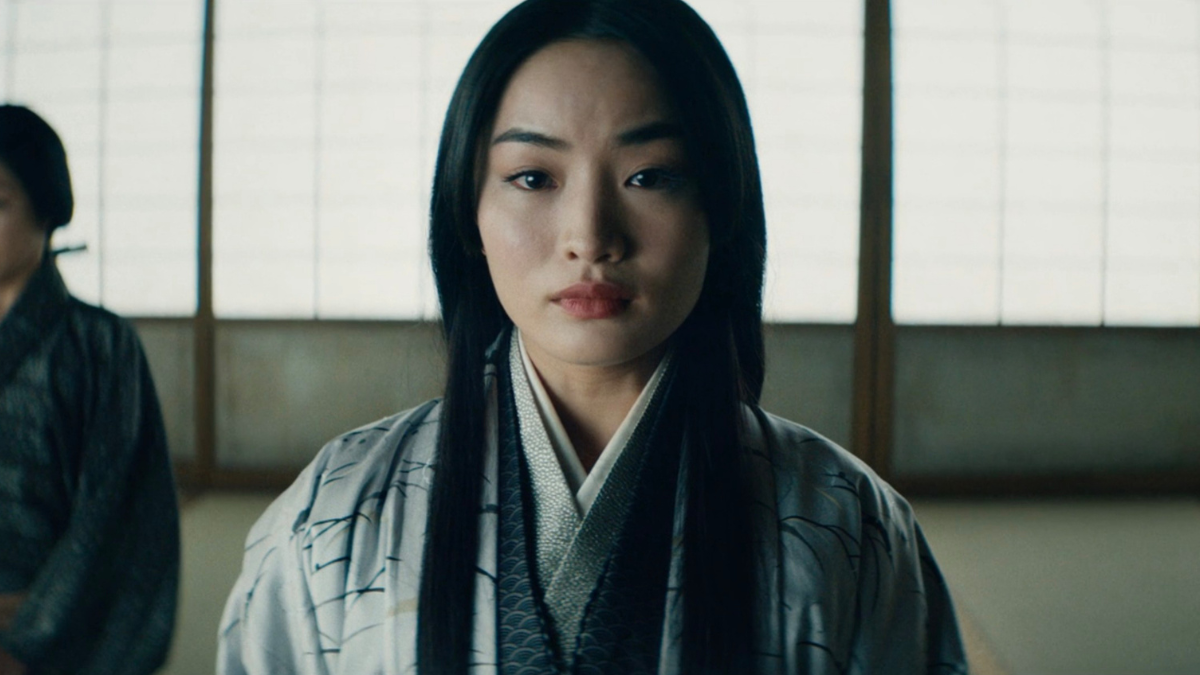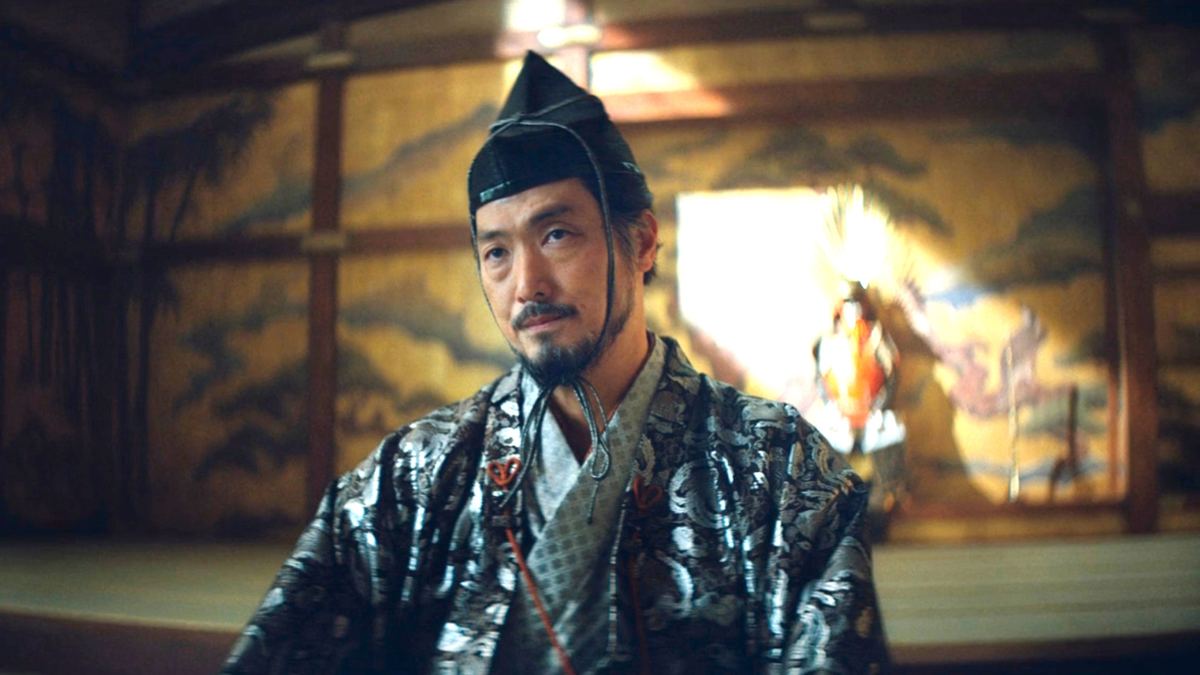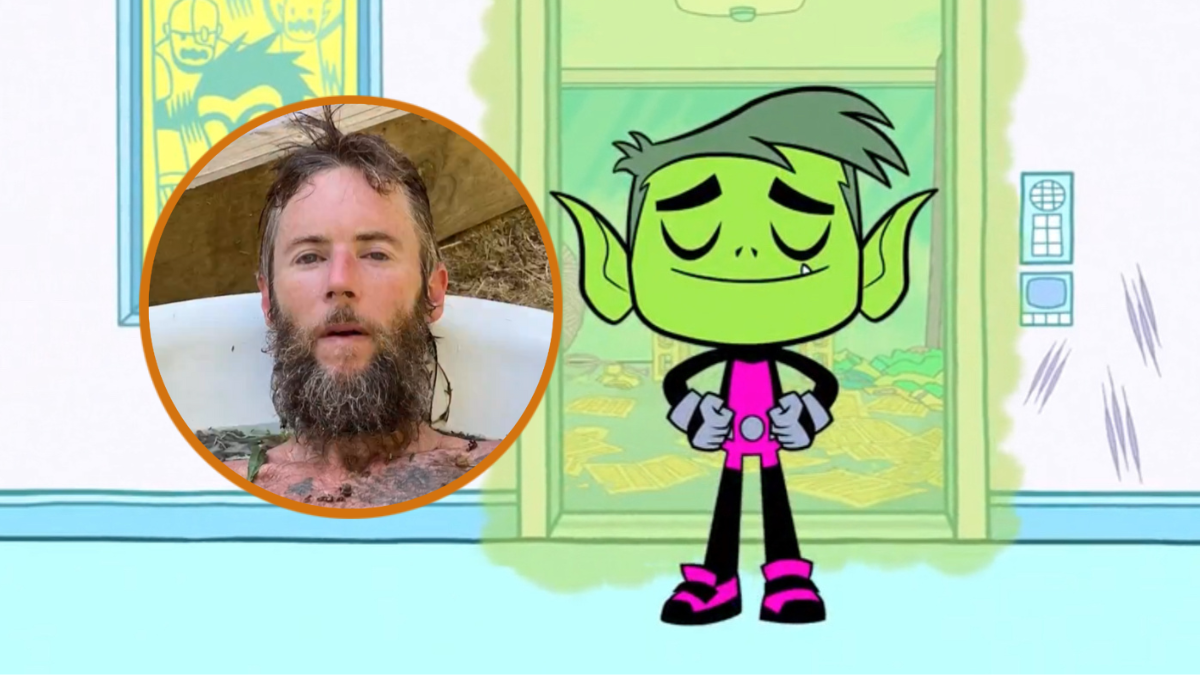Gladiator. Kingdom of Heaven. Silence. Many stories on screen have given audiences a close look at eras that have long since past. Shōgun, however, holds itself to a higher standard.
As entertaining as Ridley Scott’s forays into historical events are, it is no secret that the director doesn’t make historical accuracy a high priority. While Gladiator features real Emperor Marcus Aurelius (Richard Harris), Maximus (Russell Crowe) is a thing of fiction. And there is nothing derogatory about that. Ridley Scott, Martin Scorsese, and other historical-minded filmmakers make great films with immense rewatch value. But there is something to be said for showing a time period with the utmost detail.
Taking place in feudal Japan, FX epic Shōgun demonstrates a flavor that has not quite been portrayed in mainstream Hollywood before. The show is based on James Clavell’s book of the same name and focuses on essential subjects such as bushidō and daimyo. Though Shōgun has been adapted before — and the era was featured in Martin Scorsese’s Silence — there is something different about this series. It has the time and the resources to show a side of feudal Japan in great detail.
Is Shōgun historically accurate?

The complexities of Shōgunate Japan are evident within the first moments of the series. In an opening title card, the Shōgun describes a time when war was commonplace in Japan. Lands were ruled by feudal lords who used samurai to defend their territories.
After the death of the Emperor, his son was too young to rule as heir. In anticipation of this, the Emperor appointed a Council of Regents before he died. Naturally, this led to infighting and attempts to impeach one of the most powerful, Lord Toranaga (Hiroyuki Sanada). This all comes to a head when an Englishman gets shipwrecked on the coast of Japan with a vessel full of weapons. Political intrigue ensues.
To be clear, the Shōgun book invents characters such as Toranaga, Mariko (Anna Sawai), and John Blackthorne (Cosmo Jarvis). However, that doesn’t mean that they didn’t exist. These characters are fictionalized versions of the real people embroiled in this historical conflict. There was a navigator who, after being shipwrecked in Japan, eventually became a samurai in his own right.
According to Entertainment Weekly, Toranaga is inspired by Tokugawa Ieyasu, who eventually becomes Shōgun. Though Jesuit priests try to convince him that Blackthorne — whose real-life inspiration was named William Adams — is a pirate, Toranaga trusts his instincts, and keeps him in his service. Toranaga’s political rival, Ishido (Takehiro Hira), is also based on fact. His real-life counterpart was Ishida Mitsunari, who struggled to keep Iyeasu from rising to the highest power of the land. The romantic relationship between interpreter Mariko and Blackthorne is also a thing of fiction. But Shōgun is accurate where it counts.
While the production changed some details, the realities of feudal Japan are as close as can realistically be portrayed on screen. Instead of the story being told primarily from the perspective of the white Englishman, Shōgun takes care to put Japan at the forefront. The characters not only speak Japanese, but Japanese of the time period. Anna Sawai, who portrays Mariko, revealed on Jimmy Kimmel Live! that their language was more comparable to Old English than to modern vernacular. These little details are significant to the production. They also employed the use of gesture experts on set. These experts explained in a featurette that gestures were just as significant as costume or dialogue. Movement tells a story as much as anything else, and these aspects were included with the utmost accuracy.
The series also shows the role of women, which was true for the times. Noblewomen, such as Mariko, would be trained in the art of the samurai in case of an ambush. Mariko trains with a spear, valued because of its length. The New York Times confirmed this authenticity, stating that most aspects — from wardrobe, to how objects were held — were considered. More aggressive visuals, such as the women painting their teeth black, do not appear, but that is an exception and not a rule. Shōgun is made for entertainment purposes, so some details have been fabricated. But the spirit of the time is there, as Sanada, who in addition to portraying Lord Toranaga is one of the series’ producers, told the outlet.
“As a Japanese [person], I wanted to see something more real at the time, to be honest.”
In the words of the showrunner, Justin Marks, their goal of achieving spiritual accuracy was upheld. Episodes of Shōgun are available to stream on Hulu.











Published: Mar 6, 2024 06:03 pm